Recently, some big names such as The Coffee House and Starbucks have continuously stopped doing business in some prime locations, raising many speculations, because the F&B (food and beverage) "pie" is still very potential, but why are these big names cutting down on stores?
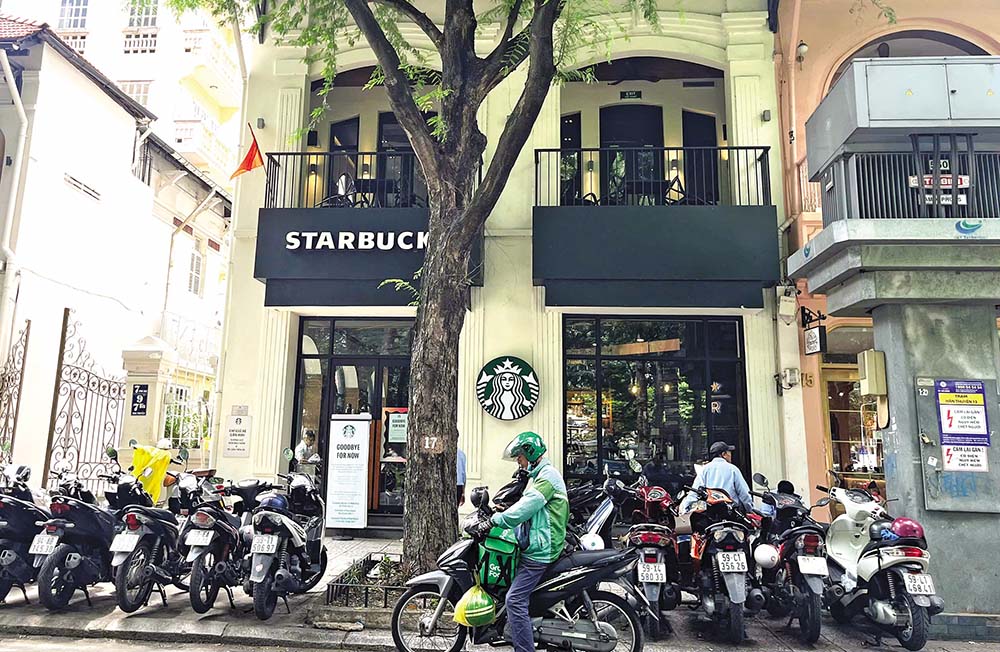 |
| With a monthly rent of 700 million VND, Starbucks decided to close the store because the landlord demanded an additional rent increase of 50 million VND. Photo: Gia Huy |
Struggling with land issues
According to the Food and Beverage Market Report in Vietnam in the first 6 months of 2024 by iPOS.vn, the country has about 304,700 stores, down 3.9% compared to 2023 figures. At least 30,000 stores nationwide have closed, while the number of new openings is somewhat limited.
Ho Chi Minh City was the hardest hit area, with a nearly 6% reduction in the number of stores across the city.
At the end of July, The Coffee House stores in Can Tho announced their closure. In August, the remaining three branches in Da Nang also plan to completely cease operations. Thus, The Coffee House will withdraw from the above two cities after many years of market expansion.
To optimize costs, previously, The Coffee House stopped operating at some branches that used to be very popular such as Kim Ma, Nguyen Tuan, Bui Thi Xuan, Van Quan (Hanoi), Pham Van Chieu (HCMC), Lach Tray (Hai Phong), Ba Ria - Vung Tau, Kien Giang, Nghe An and Bac Ninh.
The price of premises is constantly increasing, causing many F&B brands to switch to online business, typically The Coffee House, they developed their own ordering application to optimize costs and control customer sources.
Not only The Coffee House, recently, on August 26, Starbucks Vietnam suddenly announced the closure of Starbucks Reserve Han Thuyen (District 1, Ho Chi Minh City) - the first and only high-end coffee shop of Starbucks in Ho Chi Minh City.
Although no specific reason was given for the closure, many public speculations indicated that the brand could not afford the rental fee at the above location.
A survey at the same time on commercial floors showed that the rental price of a 1-ground-floor, 2-story house with a width of 8.5 m, length of 25 m, area of about 210 m2, floor area of more than 630 m2 on Han Thuyen street is currently about 750 million VND/month, not including other costs.
This means that Starbucks, when renting a similar space here, will have to spend about 25 million VND/day and 9 billion VND/year just for the rental of the business premises. This is considered a very large expense in the context that this representative shared that they are facing many difficulties in operating the business, especially in the current fiercely competitive context.
Similarly, the most expensive premises at the 6-Way Intersection - Phu Dong (325 - Ly Tu Trong, HCMC) have recently changed owners continuously as no brand has been able to last more than 2 years of lease.
According to research, Phuc Long previously rented this space for 5 years at a price of 14,000 USD/month. Since 2019, the landlord increased the price to 25,000 USD, then Phuc Long left. Next came Soya Garden and PhinDeli, both renting for 25,000 USD. After PhinDeli left, this space increased slightly to 26,000 USD (about 700 million VND) and was rented by MIA suitcase supermarket.
Since Phuc Long left in 2019, no new tenant has been able to last more than 2 years, Phin Deli or MIA only lasted nearly 1 year. Even after that, both Soya Garden and Phin Deli went backwards due to various events.
There are 60 stores in eye-catching locations in the central cities of Ho Chi Minh City and Binh Duong, which are convenient for brand recognition. Mr. Le Thanh Dat, owner of the Rau Ma Mix brand, said that locations at intersections, or roundabouts have a high number of customers and are easy to attract customers. However, the price of the locations here is also very high.
“F&B has two sales channels, online and offline. If businesses accept the cost in exchange for strategic locations to build good on-site brands, online sales will also grow,” said Mr. Dat.
Having just entered the Vietnamese food market, sharing with reporters of Investment Newspaper, Mr. Nguyen Hong Linh, Market Director of Japanese food chain (JCR Vietnam) of Maxim's Caterers said that although the Vietnamese F&B market is currently very potential, with the presence of many brands in different segments, his business still has to carefully explore the market.
“In this phase, we first choose Vincom Dong Khoi, a central location to position our brand. We do not choose prime locations continuously, but must carefully consider and balance them according to a stable business plan to survive long term. Because currently, the level of competition in this industry is increasing, investment costs, especially premises, must be selective and calculated,” said Mr. Linh.
Is the F&B "pie" really delicious?
Data from iPOS.vn also shows that, faced with many challenges and fierce competition in the F&B “pie”, businesses are increasingly cautious in developing their business in the last months of this year. Up to 61.2% of businesses are only trying to maintain their current business scale, while only 34.4% plan to expand to new facilities.
Revenue of F&B businesses in Vietnam fluctuates strongly from month to month. Specifically, the rate of businesses reporting a decrease in revenue in February was more than 43.4%. There was a slight growth in March, and then a steady decline until mid-year.
For example, the first quarter 2024 business report of the Starbucks brand showed not very optimistic results, including in Vietnam, the US and China.
In Vietnam alone, the brand's sales fell 4%, marking the first decline since 2020 when the Covid-19 pandemic forced many stores to close.
iPOS.vn's survey also showed that customers' spending on going to coffee shops has decreased sharply in the first 6 months of 2024 and the number of times has also decreased significantly.
“Although the price range from 41,000 to 71,000 VND/cup is chosen by more customers (an increase of 11.5%), the higher segments are declining. The rate of people spending over 100,000 VND/cup has dropped sharply from 6% to 1.7% in the first 6 months of this year. The willingness to spend has dropped sharply, alarming high-end brands such as Starbucks Coffee, Arabica, The Coffee Bean & Tea Leaf…”, the report stated.
Despite many difficulties, the total revenue value of the F&B industry still surprised with the milestone of 403,900 billion VND, equal to 68.46% of the revenue of the whole year 2023.
According to Kirin Capital's F&B Industry Outlook Report, the market value of the F&B industry in Vietnam in 2024 is expected to increase by 10.92% compared to last year, reaching more than VND 655,000 billion.
Business strategy problem
Mr. Vu Thanh Hung, General Director of iPOS.vn Joint Stock Company, commented that the first half of 2024 witnessed strong fluctuations, posing many challenges for the F&B industry. However, businesses have shown incredible flexibility in quickly adjusting operations, cutting unnecessary costs and optimizing cash flow.
Similarly, Mr. Nguyen Thai Binh, co-founder of the FBVI brand, said that allocating financial costs is always an important issue in any business, with the characteristics of the F&B industry having many different hidden costs.
Because the problem of operating costs is always a headache for F&B business owners, in order to optimize profits at each point of sale, many businesses have eliminated branches and facilities in prime locations but are ineffective. At the same time, franchising is also a way for brand founders to share operating costs.
In recent years, the Vietnamese market has been an attractive "piece of cake" for many foreign investors, especially in the form of franchising. According to statistics from the Ministry of Industry and Trade, in the past 10 years, more than 50% of franchise deals signed in Vietnam were in the F&B sector.
In addition to building a brand, as a leading bakery in the F&B industry, Mr. Kao Sieu Luc, General Director of Asia Bakery Joint Stock Company (ABC Bakery) believes that the important thing for businesses is to continuously innovate to create new products, meet the needs and tastes, and create experiences for customers. Furthermore, investing in and improving machinery, technology, and factories must be taken seriously.
In a cost optimization strategy, many brands have "followed the trend" of online business to compensate for the reduction of direct stores.
Like The Coffee House, although cutting a series of branches, this is still considered a wise strategy when the rental price of premises is constantly high. This brand also chooses to focus on online sales.
Instead of focusing on physical stores, this brand is developing its own ordering application to optimize costs and proactively control customer sources. This is also the business segment that accounts for half of the total daily transactions of the entire system with 1.8 million regular users.
Mr. Ngo Nguyen Kha, CEO of The Coffee House, emphasized the importance of convenience for takeaway customers. The chain is also developing innovative packaging solutions to prevent spills and keep drinks intact. They are also building a dedicated team of staff to support deliveries, ensuring customer satisfaction.
Therefore, despite the reduction in the number of direct stores. However, according to the survey, the number of shippers waiting to pick up goods at The Coffee House stores in Ho Chi Minh City is still very large. Thanks to this brand's strategy, when ordering via the application, customers enjoy many promotions, incentives, and often have buy 1, get 1 free programs.










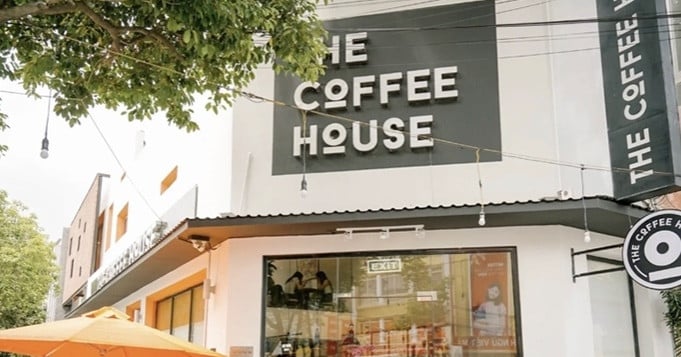

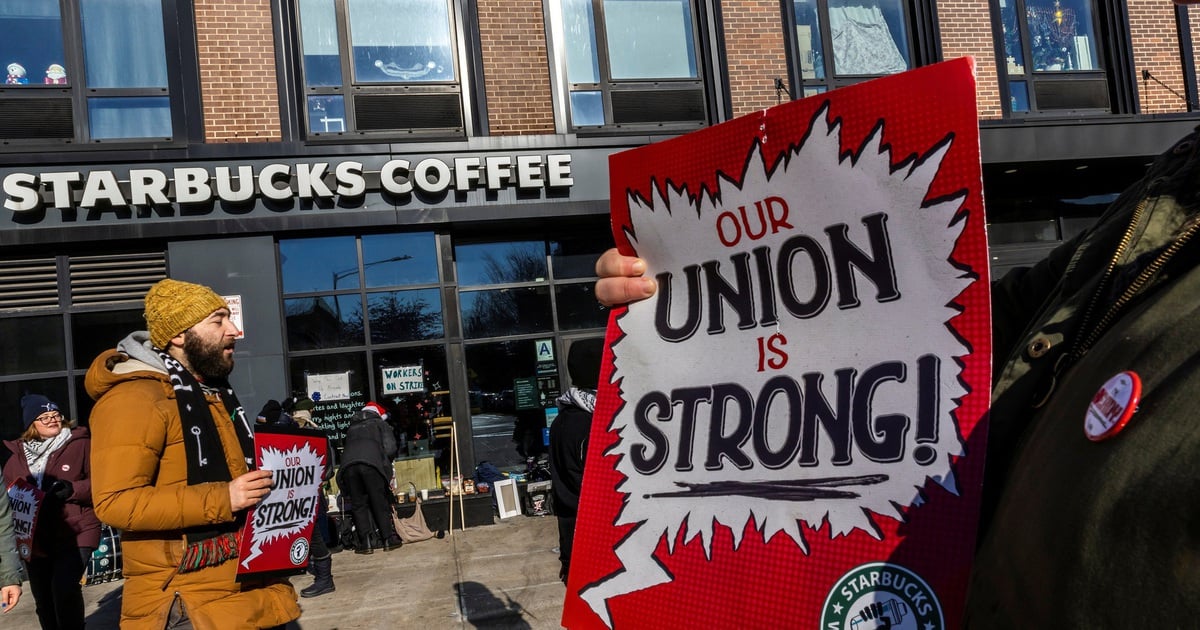

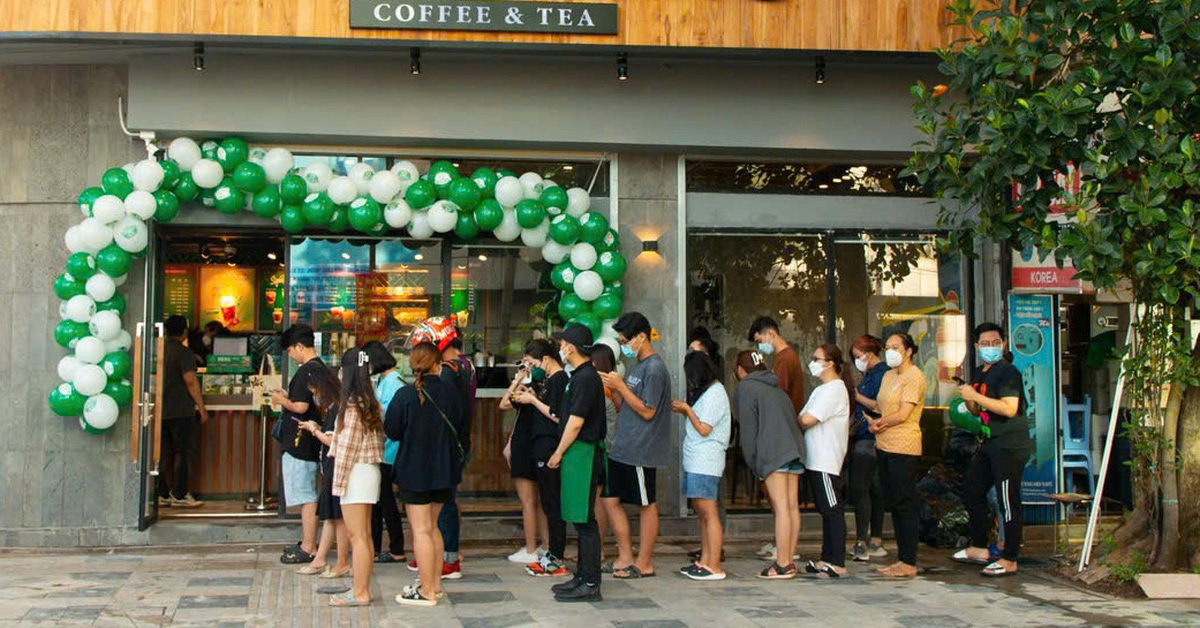

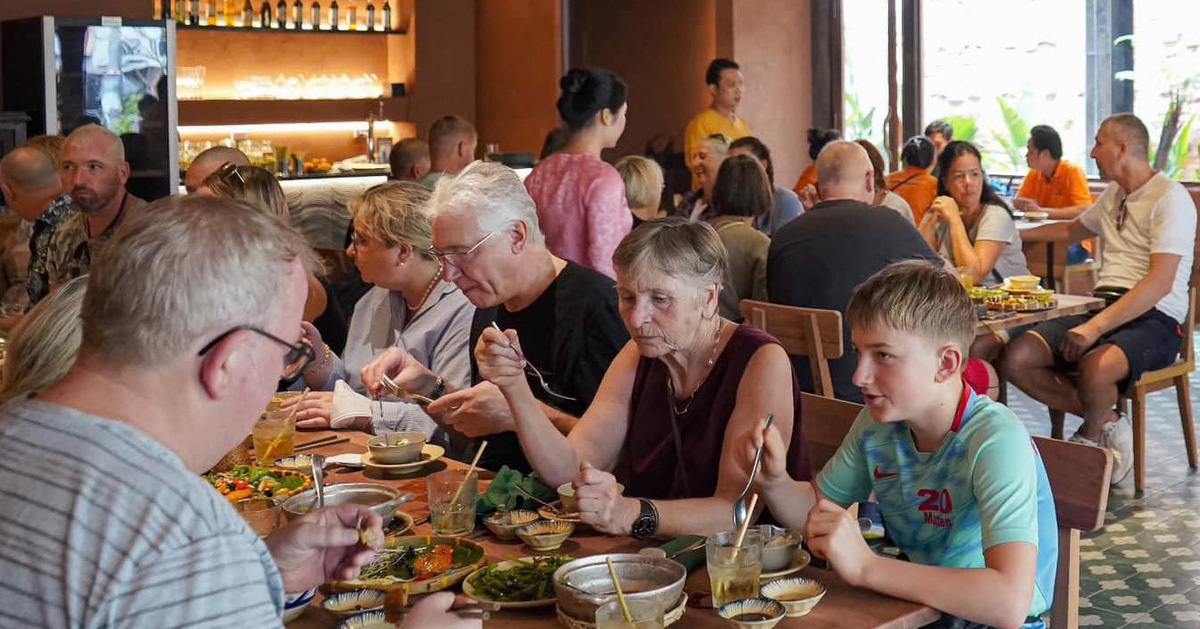

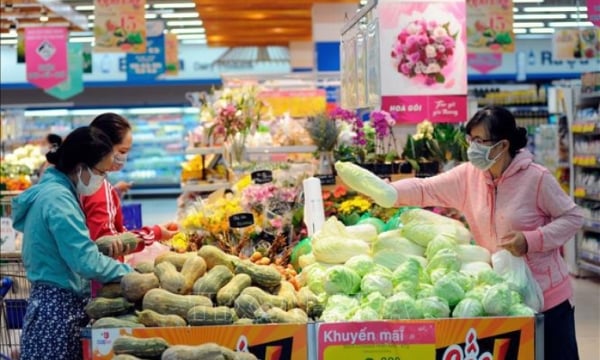

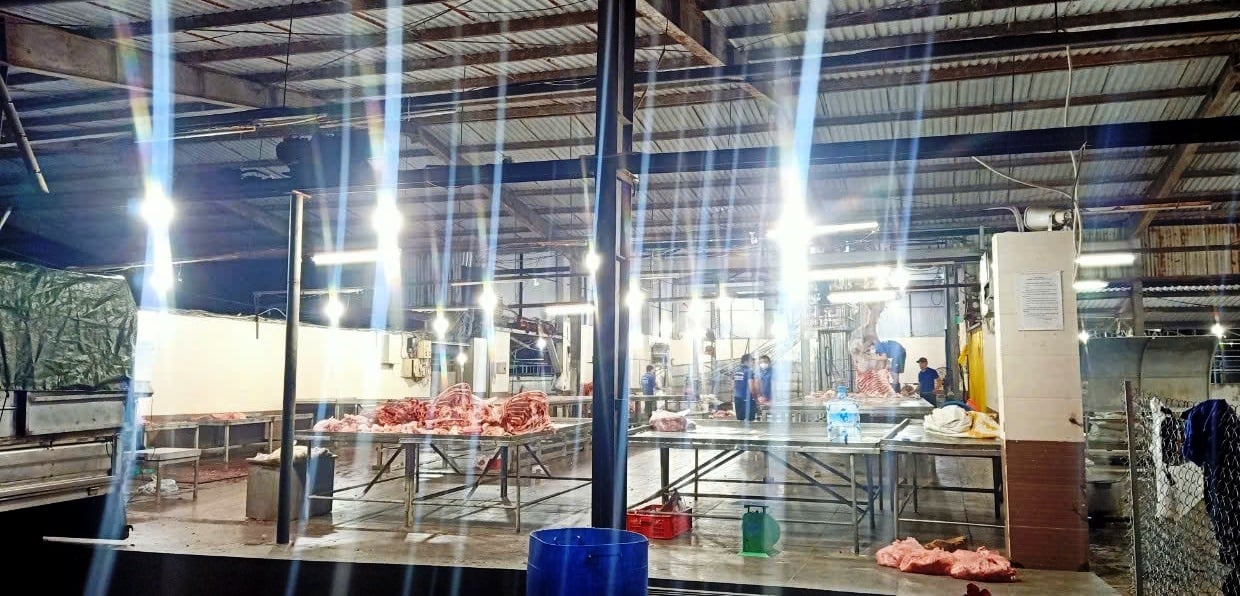
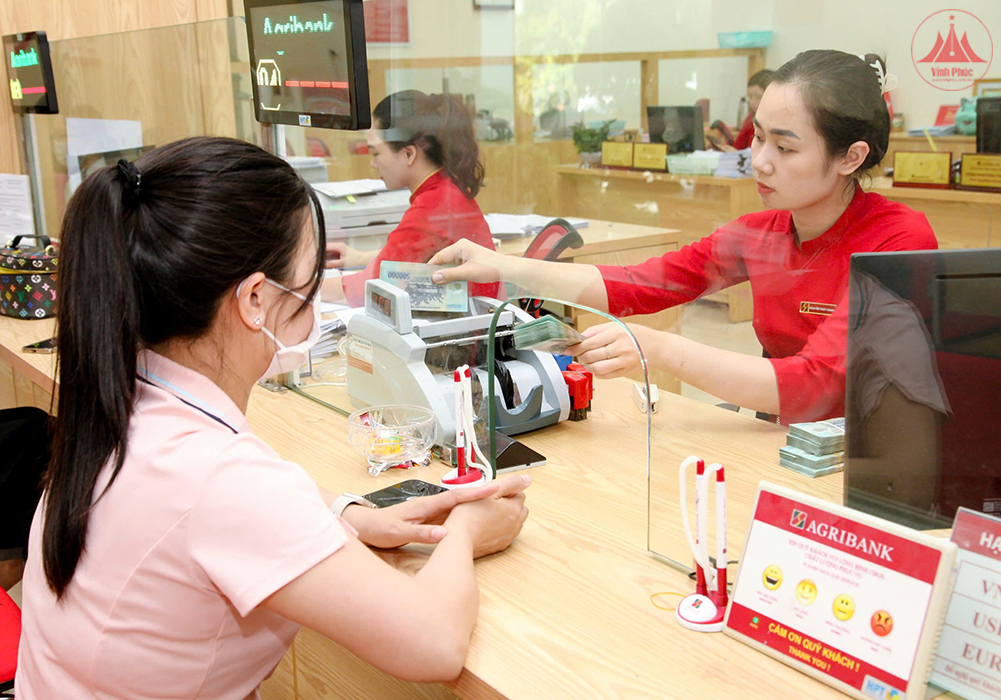





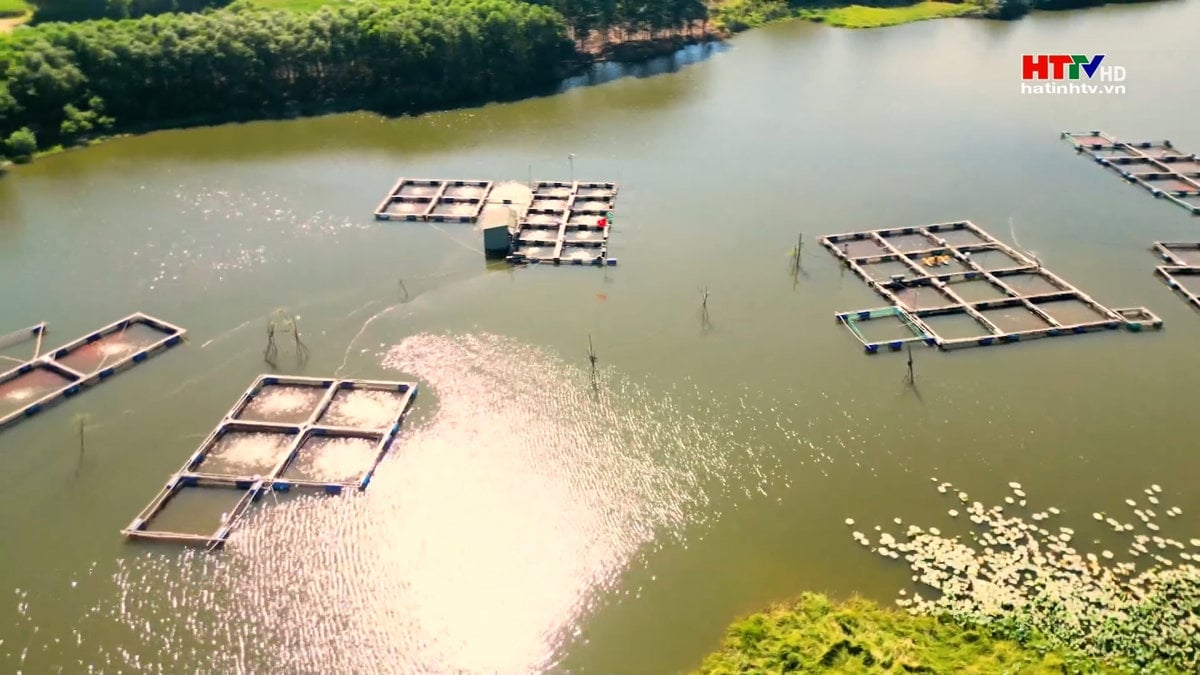

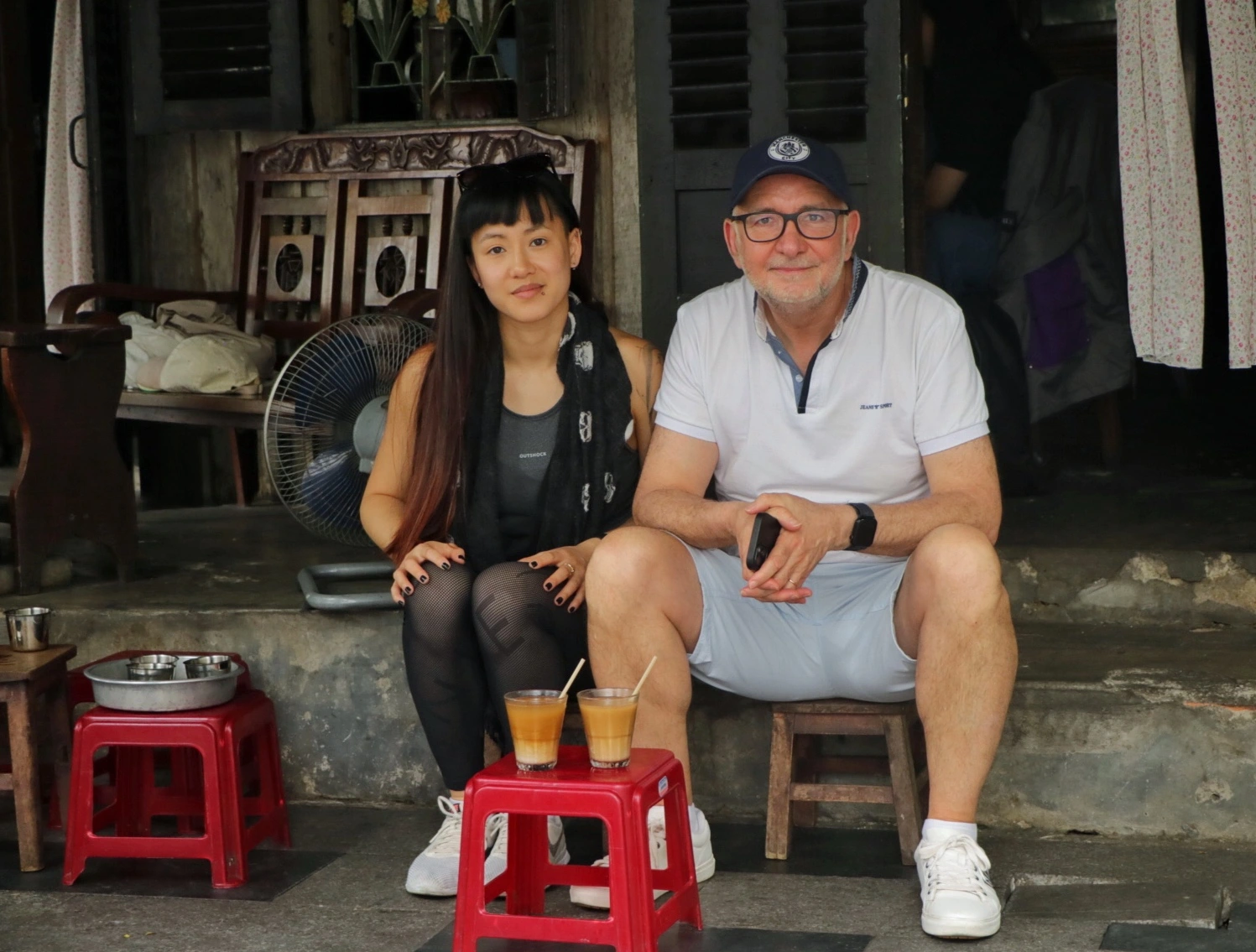
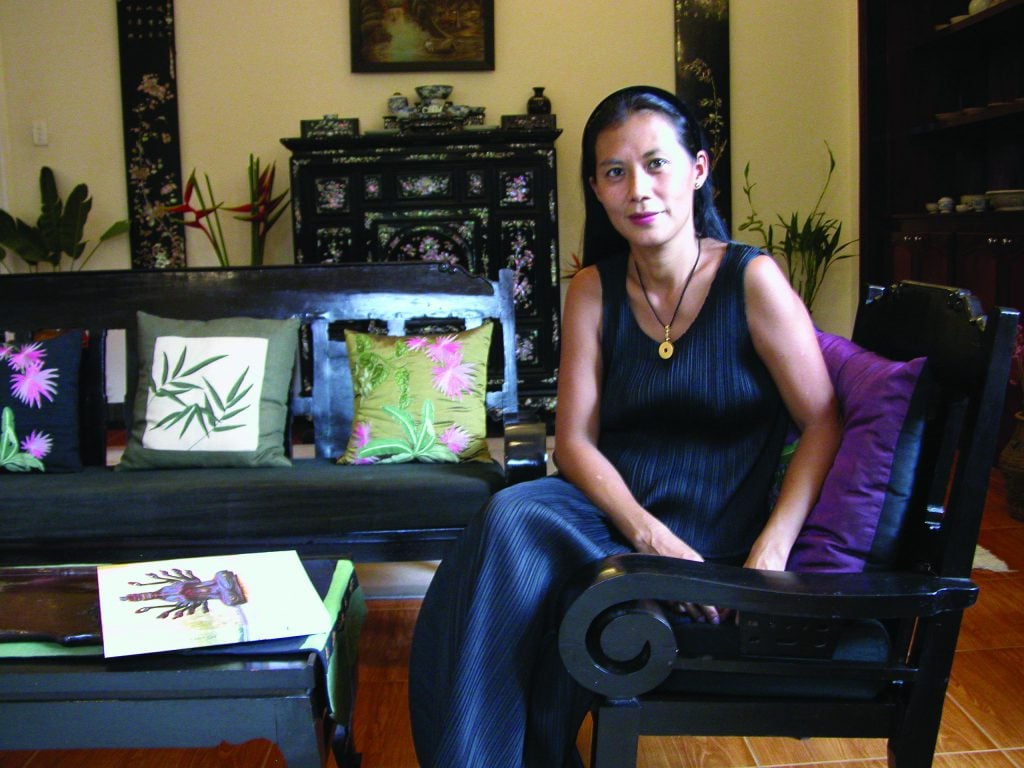


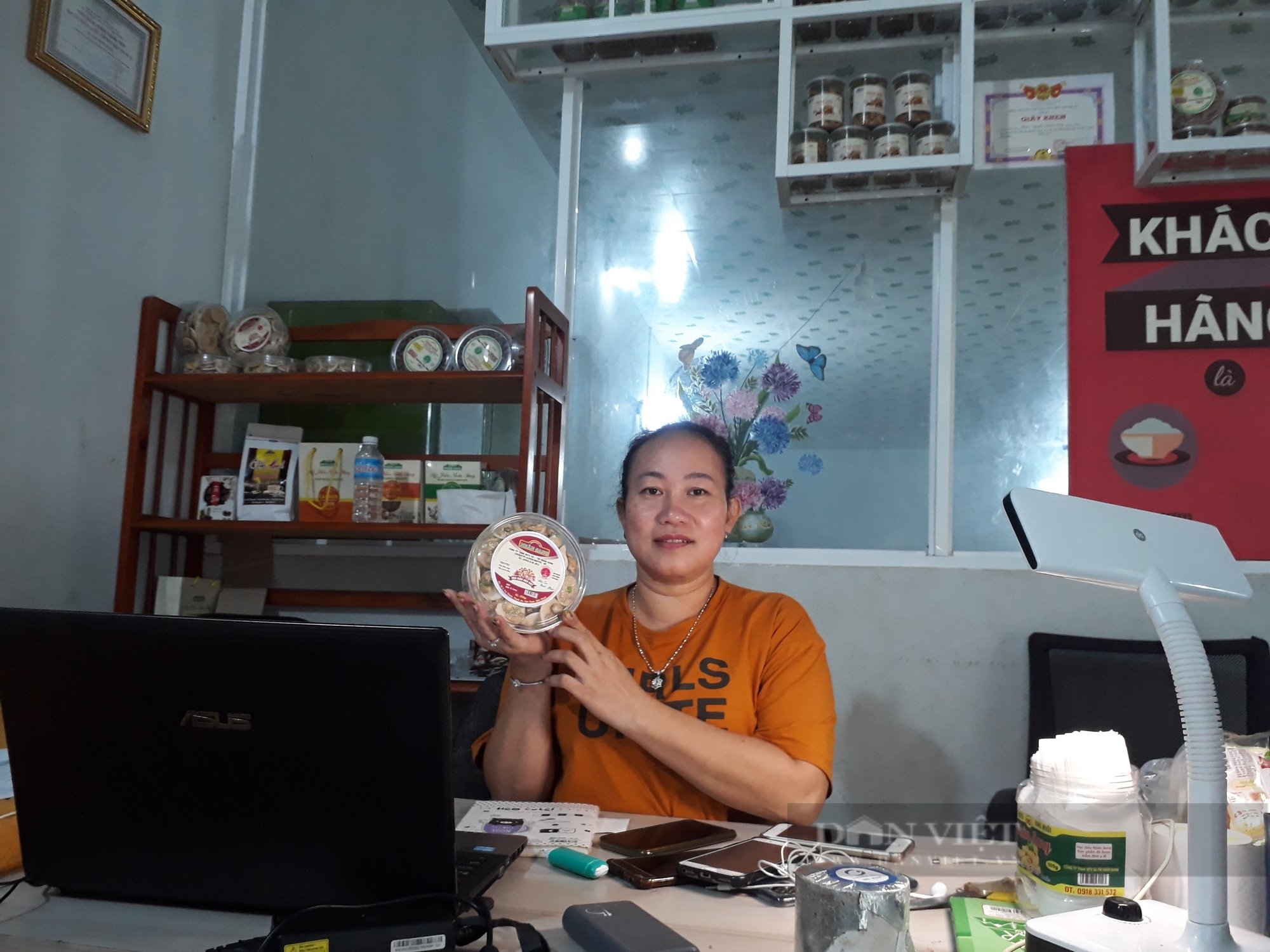





Comment (0)